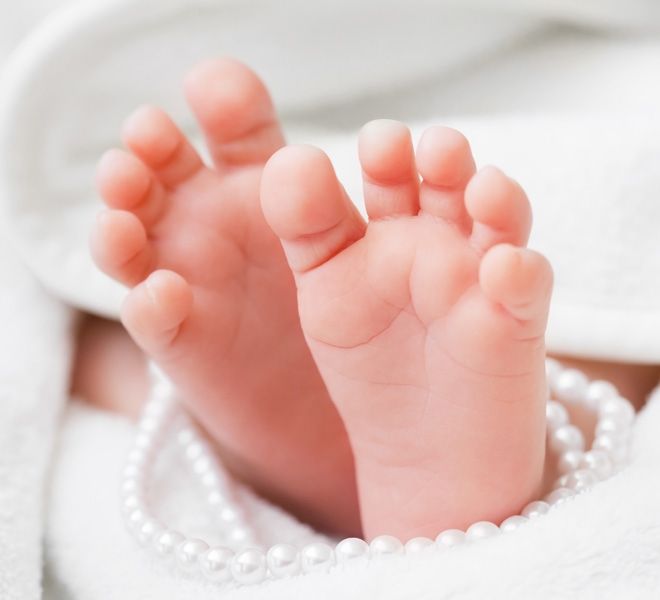Children make up 25% of vitiligo sufferers. In the majority of cases, the illness appears between the ages of 10 and 20, with vitiligo cases in nursing infants considered rare.
Vitiligo in nursing infants may be linked to other autoimmune illnesses, such as hyperthyroidism or pernicious anaemia.
Some of the first symptoms are:
- White or grey tone in the hair on the scalp, the eyebrows or the eyelashes
- White patches in the groin area, on the hands and on the face, which get progressively larger
- Light itching during the de-pigmentation process
The evolution of the illness is unknown and it is recommendable to seek assistance from a dermatologist at the very first symptoms, who will be able to perform a diagnosis and assess the advancement and treatment of the vitiligo.
It is important to differentiate the type of white patches on the child. In some cases the white patches, which become more visible in summer, are caused by atopic dermatitis, or even by fungi. In this last case, the itching is notable and the patches extend; furthermore, in some cases the outside of the patch is inflamed and the centre is whiter.
In the case of vitiligo, dermatologists indicate that it comprises chalk white-coloured patches that appear in different parts of the child’s body, normally the extremities, such as the face, the hands, around the mouth, the nose, the eyes… In some cases the patches may spontaneously recover their colour with no treatment required.

